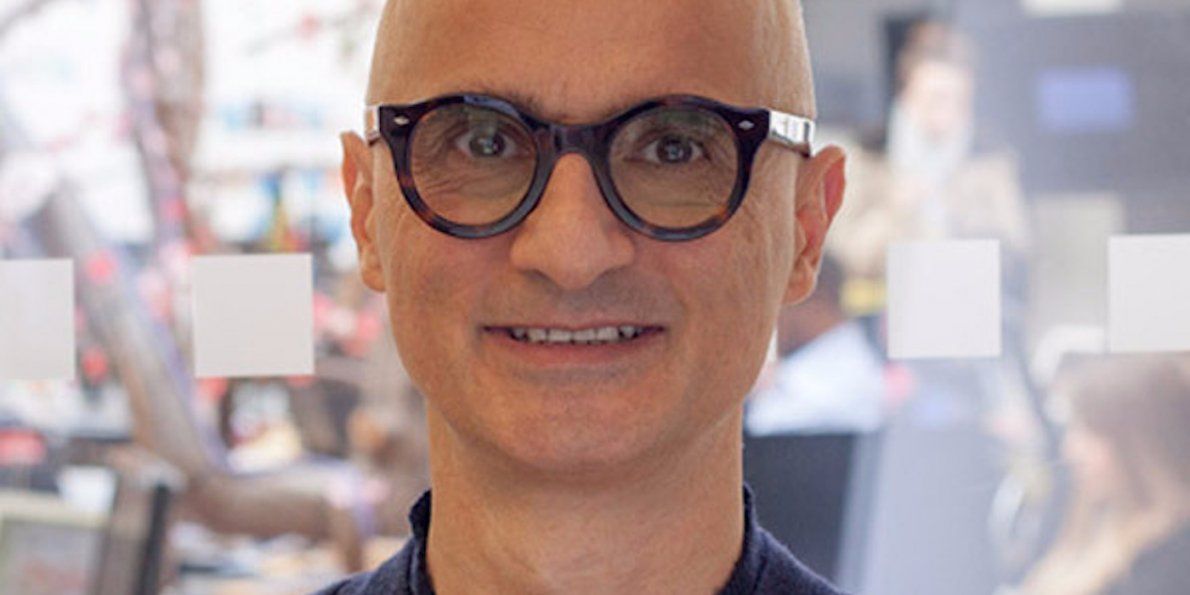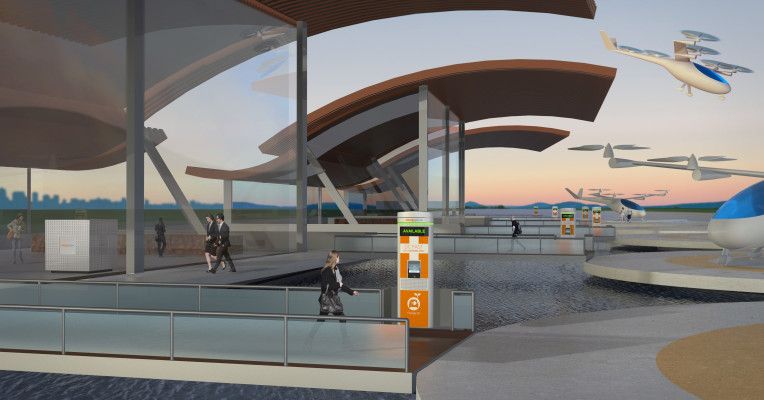Jimmy Fallon demos amazing new robots from all over the world, including an eerily human robot named Sophia that plays rock-paper-scissors.
Category: robotics/AI – Page 2,560
Are Autonomous Flying Taxis Here To Stay?
Trying to get a cab in Germany? Look up.

Investors backed an AI startup that puts a doctor on your smartphone with $60 million
UK artificial intelligence (AI) startup Babylon has raised $60 million (£47 million) for its smartphone app which aims to put a doctor in your pocket.
The latest funding round, which comes just over a year after the startup’s last fundraise, means that the three-year-old London startup now has a valuation in excess of $200 million (£156 million), according to The Financial Times.
Babylon’s app has been downloaded over a million times and it allows people in UK, Ireland, and Rwanda to ask a chatbot a series of questions about their condition without having to visit a GP.

Life Extension and Insilico Medicine Use AI to Develop Ageless Cell
Fort Lauderdale, FL — Life Extension has partnered with Insilico Medicine to introduce Ageless Cell, the first supplement in its GEROPROTECT line to promote healthy aging by inhibiting cellular senescence.
Cellular senescence is a natural part of the aging process where cells no longer function optimally, affecting organ function, cellular metabolism, and inflammatory response. The accumulation of these senescent cells contributes to the process of aging. The Ageless Cell supplements inhibit the effects of cellular senescence by acting as geroprotectors, or interventions aimed to increase longevity and impede the onset of age-related diseases by targeting and inhibiting senescence-inducing pathways and inhibiting the development of senescent cells.
The partnership with Insilico Medicine allowed researchers to use deep learning algorithms to comb through hundreds of studies and thousands of data points — a process that could have taken decades — to identify four key anti-aging nutrients: N-Acetyl-L-Cysteine (NAC), myricetin, gamma-tocotrienol, and EGCG. These compounds target pathways that are known to contribute to or protect against the development of senescent cells.
Amazon Echo Look is a voice-controlled camera for fashion tips
Amazon’s Echo smart speakers just went in an unusual (but potentially very helpful) new direction. Meet Echo Look, an Alexa-powered camera designed around taking your own fashion photos and videos. If you want to show off your daily wardrobe, you just have to ask the Look to take a snapshot — you don’t have to take a selfie in front of a mirror to get a full-length picture. And since it includes a depth-sensing camera, it can blur the background to make shots pop. The real party tricks come when you’re not sure about your outfit, however.
The Look’s Style Check service blends AI algorithms with fashion specialist advice to provide a second opinion. Does that jacket really go with that shirt? The goal is to get you shopping for more clothes on Amazon, of course, but this could save you from having to ask friends for tips. The more feedback you provide, the better Style Check gets at determining what outfits work.
And yes, the Echo Look still behaves like Amazon’s other speakers when you’re not using it, complete with smart home control. It’s really more of a bedroom-oriented Echo than a single-purpose device.
Experts Assert That AI Will Soon Be Replacing CEOs
Chinese billionaire Jack Ma, the founder and chairman of popular e-commerce service Alibaba, is warning us that the next 30 years of technological development may bring us more anguish than happiness.
This Russian robot shoots guns
“We are creating AI, not Terminator.” A Russian official tweeted this video of a robot that can shoot guns.
Sarcos’ Guardian S snake robot first look
This snake robot can climb walls.

ChargePoint is ready for flying EVs
Yesterday I wrote about a poll conducted by researchers at the University of Michigan that found people were interested in flying cars if they were autonomous, shared and electric. As soon as I posted that, I found an email in my inbox saying that ChargePoint and Uber Elevate, among others at the recent conference on flying vehicles, had partnered to prepare for just that exact scenario.
ChargePoint announced the Express Plus charging platform at CES 2017, which allows for faster, more powerful charging and modularity. That means that owners of the stations can expand their charging options as they need to — which includes charging electric flying cars. The latest estimates say that it will take a minimum of 300 kW to charge a flying car 25 percent in 5 minutes, or 25–90 percent in 15 minutes. ChargePoint’s Express Plus stations can deliver up to 400 kW per port right now, so operators could add a station for flying vehicles in the future without ripping out infrastructure that’s already in place.
ChargePoint already knows that charging quickly generates a lot of heat, which is why it developed liquid-cooled hoses for its Express Plus stations. But charging a flying vehicle would likely require extended cooling, even around the battery pack itself during fast charging. The vehicle needs to be able to ascend to altitude within about 90 seconds, and the batteries need to be cool enough to take that strain.
The Flying Taxi That Saves People from Danger
This flying vehicle can make decisions on its own.